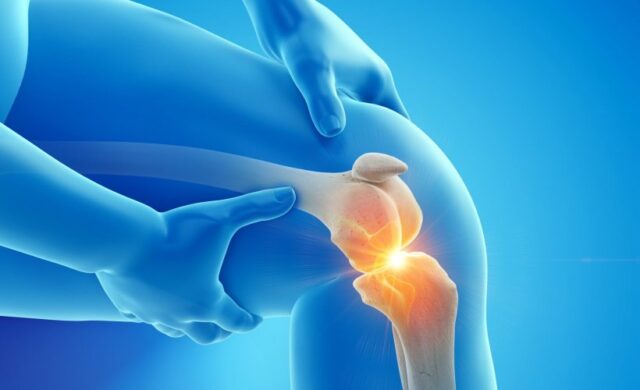Injuries to our joints can be incredibly frustrating. They cause pain and discomfort and keep us from participating in daily activities. And unfortunately, joint injuries seem to take forever to heal. But why is that? What makes joint healing so slow?
Reasons Why Joints Take So Long to Heal
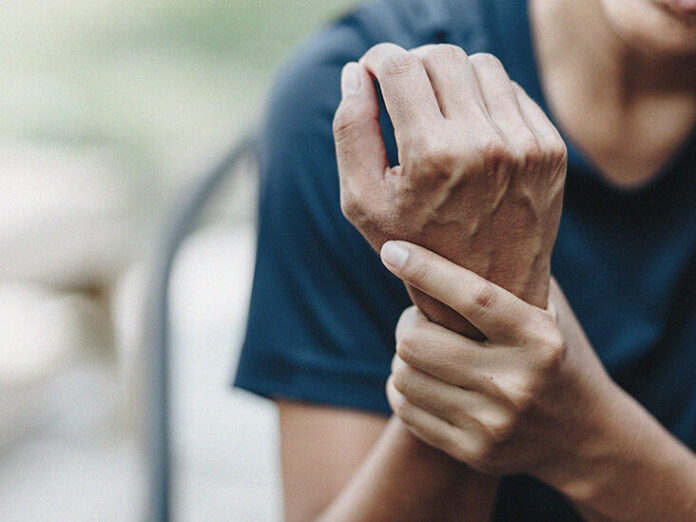
Lack of Blood Flow to The Area
One of the main reasons why joints take so long to heal is that they are not well vascularized. That means there is a limited amount of blood flow to the area, which limits oxygen and nutrients that can reach the cells. When we injure ourselves, our bodies need to send white blood cells and other essential nutrients to the injury site to start the repair process.
However, because joints have a poor blood supply, this process takes longer than it would for other types of injuries; without these essential nutrients, cells cannot repair themselves properly, and healing is delayed. And because cartilage does not have any nerve endings, we may not even realize that we have injured our joints until the damage has been done.
Joints are generally classified as either weight-bearing or non-weight-bearing. Weight-bearing joints, such as the hips and knees, have a good blood supply because they bear the body’s weight. This weight pushes down the joint, compressing the blood vessels and increasing blood flow. Non-weight-bearing joints, like the shoulders and elbows, do not have this constant bloodstream. As a result, they often take longer to heal.
Joints Are Constantly in Motion
Joints are constantly in motion, which makes it difficult for them to heal properly. When a joint is injured, the surrounding tissues are also damaged. This damage may cause the joint to become weak and unstable. The joint needs to be immobilized to heal properly so that the surrounding tissues can repair themselves.
However, this is not always possible with joints constantly in motion. The constant movement prevents the surrounding tissues from healing properly, which can delay the healing process or even prevent the joint from healing completely. The constant movement can also damage the newly formed tissue, leading to further delays in healing. Joints that do not heal properly are also more likely to become injured.

Damage to the Cartilage
Cartilage is the smooth, white tissue covering the ends of bones in a joint. It cushions the bones and helps the joint move smoothly. When cartilage is damaged, it can no longer do its job properly. That may cause pain, swelling, and stiffness in the joint. Additionally, damage to the cartilage can make the joint more susceptible to further injury. Cartilage damage is often caused by wear and tear, trauma, or disease.
Inflammation
Inflammation is the body’s natural response to injury or infection. It aids in protecting the injured area and promotes healing. However, sometimes inflammation can become chronic and last for weeks or even months. Chronic inflammation can delay healing and lead to further damage. It can also cause pain, stiffness, and swelling in the joint.
Age and Obesity
Age and obesity both make it more difficult for wounds to heal. As we age, our bodies produce less collagen, the protein responsible for repairing connective tissue. In addition, Joints are also more likely to become damaged as we age due to years of wear and tear. Joints often become less lubricated with age, making it harder for them to move and easier to get injured. Obesity, on the other hand, increases inflammation throughout the body and puts extra strain on the joints, making it hard for them to recover from injury.
Common Treatments for the Most Common Joint Injuries
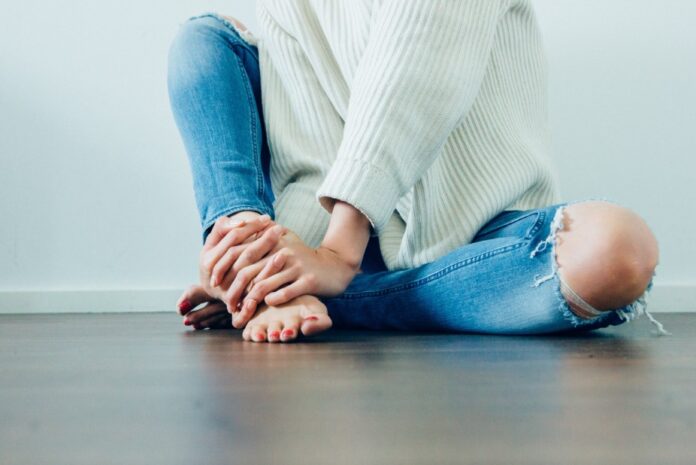
Various treatments are available for joint injuries, depending on the cause and severity of the injury. The most common treatments include.
Rest
When you injure your joint, you first need to give it a chance to rest. Rest is important for all types of injuries, but it is especially critical for joint injuries. That means avoiding activities that stress the joint, such as running, jumping, or lifting weights. When you rest, you allow the body to direct its energy towards repairing the damaged tissue.
Additionally, weight-bearing joints need time to heal without bearing any weight. You may need crutches or a splint to keep the joint immobilized. Non-weight-bearing joints may still need some rest, but you may be able to put some weight on them as tolerated. Depending on the injury’s severity, you may only need to take a few days off from your usual activities. However, more severe injuries may require several weeks of rest.
Cold Therapy
Cold therapy, also known as cryotherapy, involves using ice or other cold substances to reduce inflammation and pain. Cold therapy is most effective when applied early, soon after an injury. Cold therapy can be applied using ice packs, frozen vegetables, or ice water baths. Applying ice to the injured joint helps to reduce swelling and pain.
Ice should be applied for 15-20 minutes, several times daily. It is recommended to wrap the ice in a towel or cloth before applying it to the skin, as direct contact with ice can cause tissue damage. Cold therapy should not be used if the skin is already cold or numb.
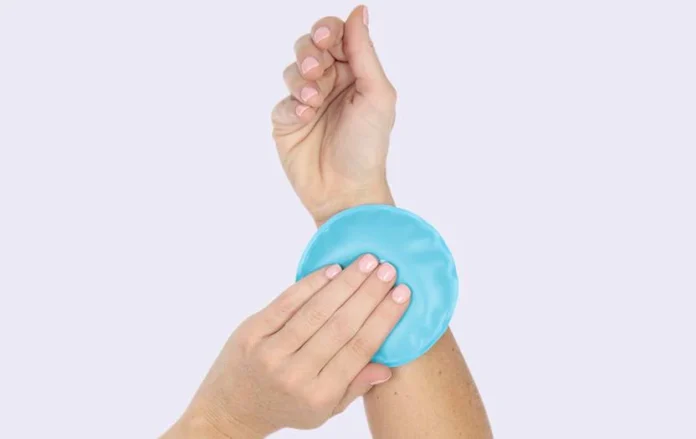
Heat Therapy
Heat therapy is another common treatment for joint injuries. Unlike cold therapy, heat therapy helps increase blood flow and relax muscles. That can help treat conditions such as arthritis, as it can help to decrease stiffness. Heat therapy can be applied using heating pads, warm showers, or warm towels. It is important not to use heat therapy for more than 20 minutes at a time, as it can lead to skin irritation. Heat therapy should also not be used if the area is swollen or inflamed.
Physical Therapy
Physical therapy is often recommended for joint injuries, as it can help to stretch and strengthen the muscles around the joint. Physical therapy may also help to improve the range of motion and reduce pain. Physical therapists will often use exercises and massages to treat joint injuries.
Once the pain and swelling have subsided, you can start doing gentle exercises to improve joint flexibility and range of motion. These exercises should be done slowly and gradually increased in intensity as tolerated. It’s important not to push yourself too hard; if you start to experience pain, stop the exercise and rest for a few days before trying again. Exercise is an important part of recovery from a joint injury, but it’s important not to overdo it.
Physical therapy may also involve the use of electrical stimulation or ultrasound. Electrical stimulation can help to reduce pain and inflammation, while ultrasound can help to promote healing by increasing blood flow to the area. Ultimately, physical therapy is essential to recovering from a joint injury.
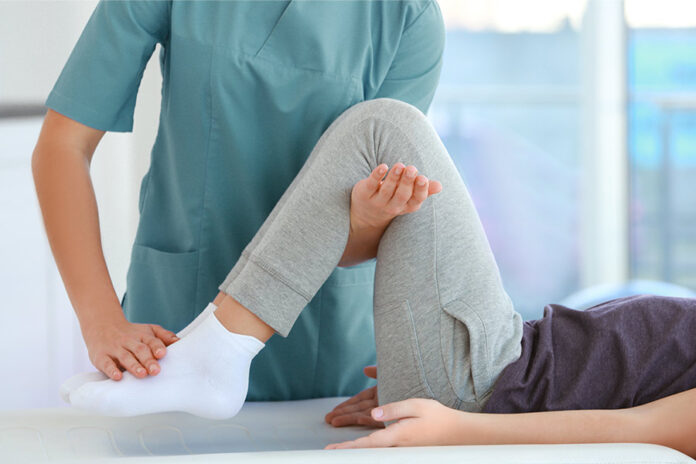
Surgery
Surgery may be necessary to repair the damage if joint pain persists despite these conservative measures. However, surgery should always be viewed as a last resort. It is typically only considered for severe injuries that haven’t responded to other treatments. Surgery involves making an incision in the skin and repairing or replacing the damaged tissue. Recovery from surgery can take several weeks or months; during this time, you must avoid putting stress on the joint while it heals.
Other Experimental treatments
In recent years, there has been an increasing interest in experimental treatments for joint injuries. These experimental treatments show promise for treating a wide range of joint injuries. For example, stem cell therapy effectively reduces inflammation and pain and promotes healing.
Another promising treatment is platelet-rich plasma (PRP) therapy, which injects a concentration of platelets derived from the patient’s blood into the injured area. PRP has been shown to accelerate the healing process and improve joint function. While these experimental treatments are not yet widely available and may not be approved by the FDA, they offer hope for patients with joint injuries looking for new and effective treatment options.
Conclusion
Joint injuries can be painful and debilitating, but many treatment options are available. Although the healing process can be frustratingly slow, giving your body the time it needs to recover is essential. Keep in mind that every case is different, and some factors (such as age and overall health) can influence the speed of healing. Following your orthopedic surgeon’s orders and being patient can ensure that your joints have the best chance to heal properly.

